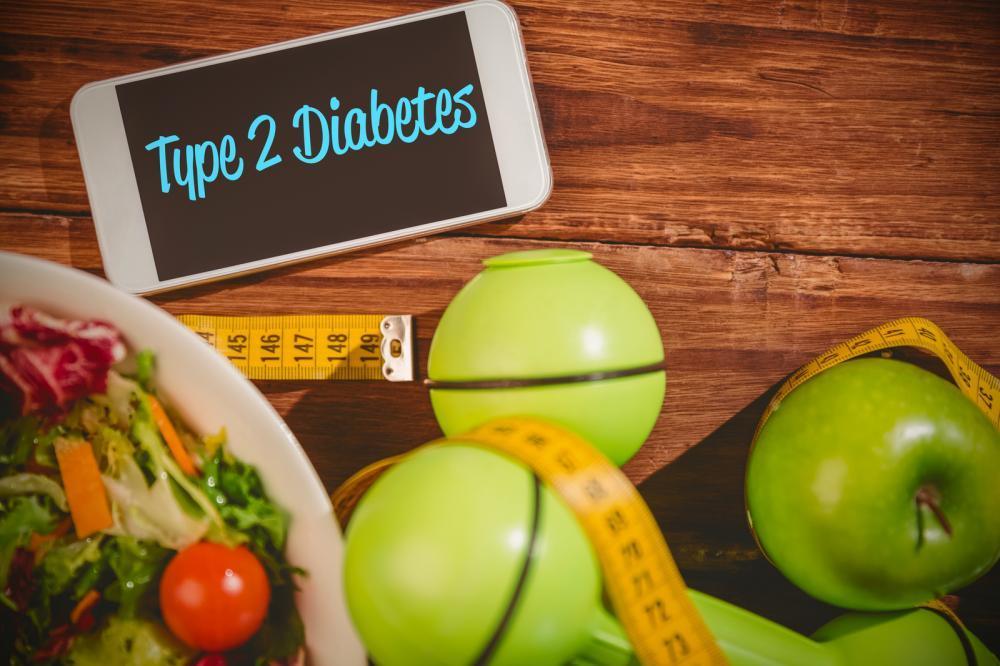Type 2 diabetes is a chronic condition that causes your body to resist the effects of insulin, thereby affecting your body’s ability to metabolize glucose. Alternatively, your pancreas may just stop producing an adequate amount of insulin to maintain a normal level of glucose in the bloodstream.
This is the most common kind of diabetes in the world.
While Type 2 diabetes has for the most part affected adults, it is increasingly striking children as well as childhood obesity rears its ugly head. People who have a family history of diabetes, or are over 40, or are of African-Caribbean, Middle Eastern or South Asian origin face greater risk of this as well.
What is Insulin Resistance?
Insulin resistance refers to when fat, muscle and liver cells are unable to respond to insulin, so that their ability to absorb glucose from the bloodstream is impaired. This means that the beta cells in the pancreas then have to produce higher and higher levels of insulin in order to let glucose enter the cells, and to keep the blood glucose levels normal.
However, these beta cells will find themselves unable to produce enough insulin for the body’s increasing requirements after a point.
The amount of insulin produced then becomes too low to prevent excess glucose from accumulating in the bloodstream, which could eventually lead to prediabetes and even diabetes.
Insulin resistance is caused by a combination of various factors including obesity, lack of physical exercise, older age, certain medications, smoking and drinking, and family history, among others.
What is Insulin Treatment?
As you already know, insulin is normally produced by the beta cells in the pancreas. It is a hormone that aids the cells of your body in the absorption of glucose, which is the fuel they need to remain active. People with diabetes, however, are unable to either produce that insulin or use it properly.
This is why a lot of diabetes treatments involve the injection of man-made insulin into your body in order to keep the blood glucose down to manageable levels. Insulin is usually injected directly into the body through the use of a needle and syringe, pre-filled pan systems or a cartridge system.
There are quite a few types of insulin that are used to help manage diabetes, and they are differentiated based on the effects they have on your body. Rapid acting insulin, for example, will begin to work almost immediately upon being taken in, and remains within your body for a couple of hours.
Short acting, or regular insulin, will kick in around 30 minutes after being taken, and will remain in your system for three to six hours. This is the most commonly administered form of insulin. Intermediate acting insulin will start acting anywhere between 2 to 4 hours upon being taken in, and will remain for around 18 hours. Finally, long acting insulin will remain active inside your body for the whole day.
Depending on your condition, you could be prescribed more than one kind of insulin. The number of shots you take during the course of a day will in large part depend on the type(s) of insulin you’ve been prescribed.
It is essential to consult your primary care provider for proper assessment and treatment. To make an appointment at irvingprimarycare.com, visit https://www.healthonemedicine.com/.

